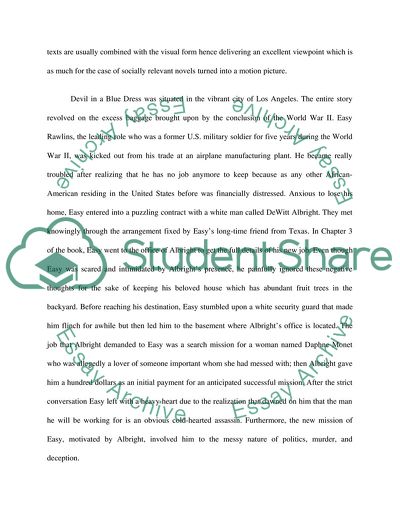Cite this document
(Visual Text in Devil in a Blue Dress by Walter Mosley Book Report/Review, n.d.)
Visual Text in Devil in a Blue Dress by Walter Mosley Book Report/Review. Retrieved from https://studentshare.org/social-science/1714324-devil-in-a-blue-dress
Visual Text in Devil in a Blue Dress by Walter Mosley Book Report/Review. Retrieved from https://studentshare.org/social-science/1714324-devil-in-a-blue-dress
(Visual Text in Devil in a Blue Dress by Walter Mosley Book Report/Review)
Visual Text in Devil in a Blue Dress by Walter Mosley Book Report/Review. https://studentshare.org/social-science/1714324-devil-in-a-blue-dress.
Visual Text in Devil in a Blue Dress by Walter Mosley Book Report/Review. https://studentshare.org/social-science/1714324-devil-in-a-blue-dress.
“Visual Text in Devil in a Blue Dress by Walter Mosley Book Report/Review”. https://studentshare.org/social-science/1714324-devil-in-a-blue-dress.


